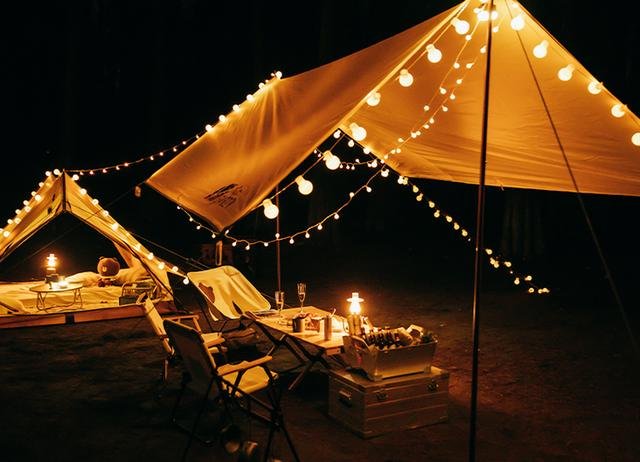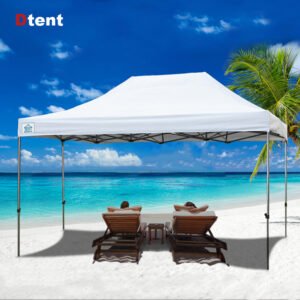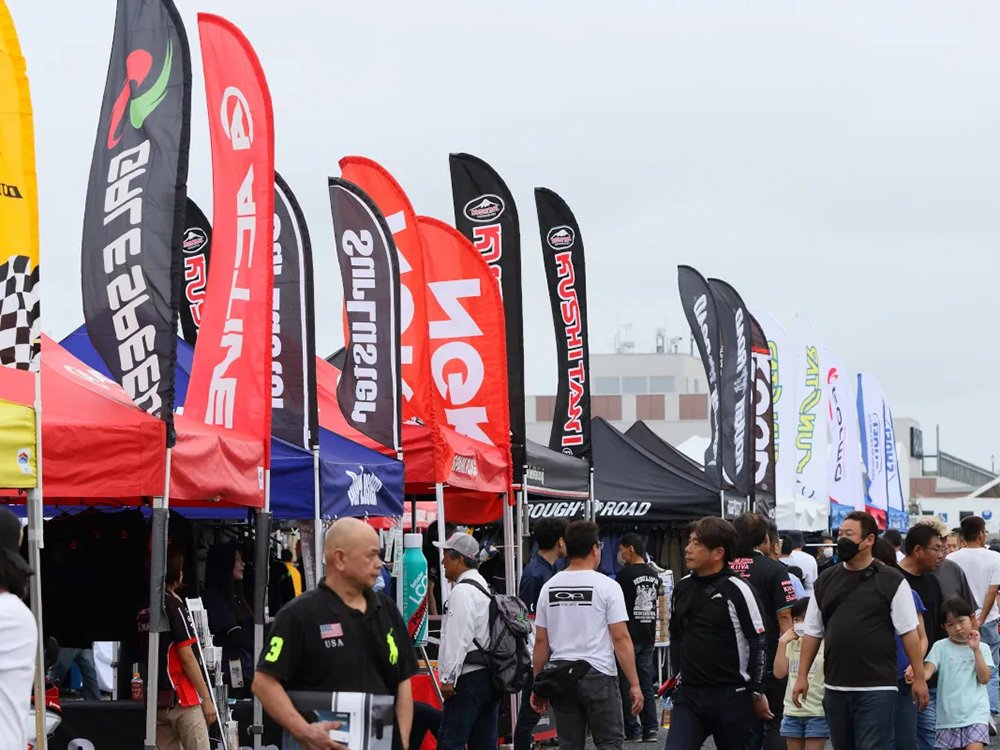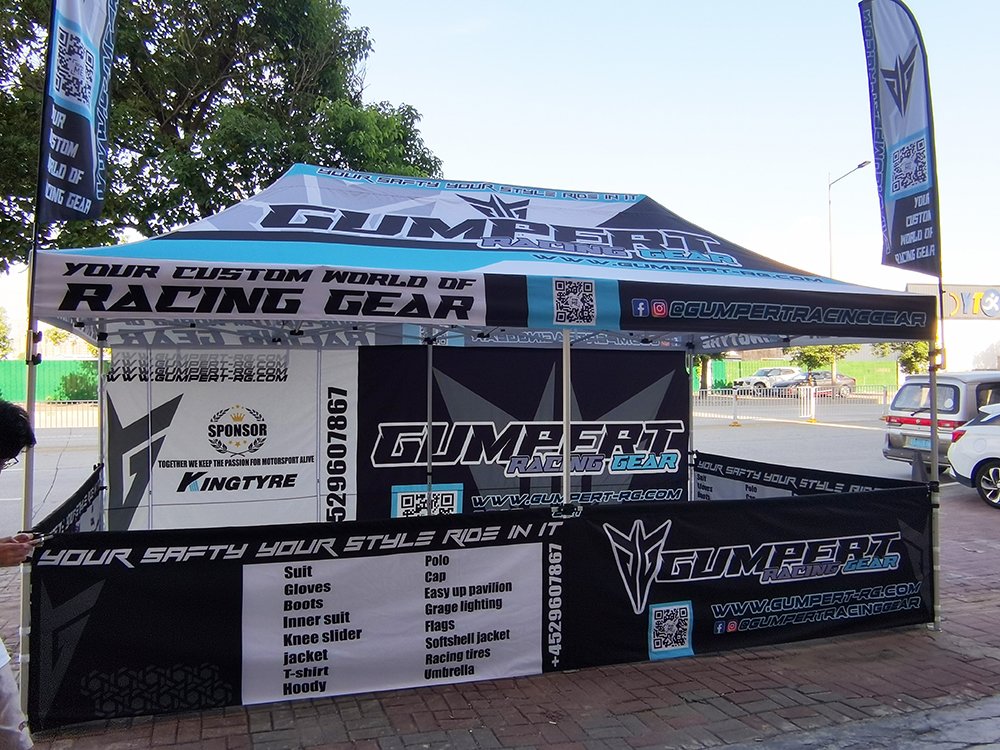Last Updated on 05/07/2025 by dtent.net
As experts in tent manufacturing, we understand that a successful camping trip begins long before you unzip your tent. The right campsite selection, thoughtful layout planning, and proper ground preparation are critical to ensuring safety, comfort, and minimal environmental impact. Whether you’re a weekend warrior or a seasoned backpacker, this guide will equip you with the knowledge to transform any patch of wilderness into a functional, sustainable, and enjoyable home base.

1:Campsite Selection – Choosing the Perfect Spot
Selecting the ideal campsite is a blend of science, intuition, and respect for nature. Below, we break down the key factors to consider.
1.1 Terrain Evaluation
Why it matters: The ground beneath your tent affects drainage, comfort, and safety.
What to look for:
- Flat and level ground: Avoid slopes, which can cause discomfort and sliding gear. Use a trekking pole or smartphone level app to check for evenness.
- Natural drainage: Camp on slightly elevated terrain to avoid pooling water during rain. Steer clear of dry riverbeds or depressions that may flood.
- Soil type:
- Sandy soil: Drains well but requires sturdy stakes.
- Loamy soil: Ideal for stability and stake hold.
- Rocky ground: Avoid—difficult to pitch tents and uncomfortable to sleep on.
Pro Tip: Look for established campsites to minimize environmental disruption.
1.2 Weather and Wind Considerations
Why it matters: Wind direction, sun exposure, and storm risks dictate site safety.
Key strategies:
- Prevailing winds: Position the tent door away from the wind to reduce drafts and dust ingress. Use natural windbreaks like boulders or dense vegetation.
- Sun exposure:
- In hot climates, seek shade to keep the tent cool.
- In cold climates, choose sunny spots for natural warmth.
- Storm readiness: Avoid isolated trees, cliff edges, or ridgetops where lightning strikes are likely.
1.3 Environmental and Wildlife Factors
Why it matters: Protecting ecosystems and avoiding wildlife conflicts are non-negotiable.
Best practices:
- Leave No Trace (LNT) principles: Camp at least 200 feet from water sources to protect aquatic ecosystems.
- Wildlife precautions:
- Avoid game trails or areas with fresh animal tracks.
- Store food in bear-resistant containers or hang it 10–15 feet high between trees.
- Vegetation protection: Never camp on fragile vegetation like meadows or moss. Use durable surfaces like gravel, sand, or dry grass.
2: Campsite Layout – Designing a Functional Basecamp
A well-planned layout maximizes efficiency, safety, and comfort. Follow these guidelines to organize your campsite like a pro.
2.1 Tent Placement
Why it matters: Strategic tent positioning ensures stability and minimizes environmental impact.
Key steps:
- Orientation: Align the tent door away from prevailing winds and toward the morning sun for natural warmth.
- Spacing: Maintain at least 10 feet between tents to prevent fire hazards and ensure privacy.
- Natural barriers: Use rocks, logs, or shrubs to shield the tent from wind and rain.
Pro Tip: For group camping, arrange tents in a circle or semi-circle to foster community while retaining individual space.
2.2 Functional Zones
Divide your campsite into dedicated zones to streamline activities and reduce clutter.
- Sleeping area:
- Place tents on the most level, sheltered part of the site.
- Use a footprint or tarp under the tent to protect the floor.
- Cooking and food storage:
- Position the kitchen downwind of tents to keep smoke and food smells away.
- Keep it at least 100 feet from sleeping areas in bear country.
- Fire pit (if permitted):
- Build fires only in established rings or pans.
- Clear a 10-foot radius of flammable materials.
- Waste management:
- Designate a “bathroom” area 200 feet from water and tents. Use a trowel to dig catholes 6–8 inches deep.
2.3 Safety and Emergency Planning
Why it matters: Preparedness can prevent accidents and save lives.
Essential checks:
- Escape routes: Identify clear paths away from the site in case of fire or wildlife encounters.
- First aid station: Set up a central, accessible location for medical supplies.
- Weather monitoring: Note potential hazards like dead trees (“widowmakers”) or avalanche-prone slopes.
-
Rated 0 out of 5
-
Rated 0 out of 5
-
Rated 0 out of 5
-
Rated 0 out of 5
3: Ground Preparation – Creating a Stable, Comfortable Foundation
Proper ground preparation protects your tent, enhances sleep quality, and preserves the environment.
3.1 Clearing and Cleaning the Site
Why it matters: Debris can damage tent floors and attract pests.
Steps to follow:
- Remove sharp objects: Clear rocks, sticks, pinecones, and acorns.
- Sweep the area: Use a lightweight camping broom or your foot to smooth the ground.
- Check for hazards: Avoid ant hills, wasp nests, or poison ivy patches.
3.2 Ground Protection Techniques
Why it matters: A well-protected tent lasts longer and stays drier.
Methods:
- Tent footprint: Use a custom-sized groundsheet to prevent abrasion and moisture seepage. Ensure it doesn’t extend beyond the tent edges to avoid pooling water.
- Natural padding: Layer soft materials like pine needles or leaves under the footprint for extra cushioning (only in durable areas).
- Drainage channels: In rainy conditions, dig shallow trenches around the tent to divert water. Refill them before leaving.
3.3 Anchoring and Stability
Why it matters: Proper anchoring prevents tent collapse in wind or rain.
Techniques by terrain:
- Soft ground (sand, mud): Use wide, plastic stakes or deadman anchors (e.g., buried logs).
- Hard ground (rock, frozen soil): Switch to rock pegs or tie guylines to heavy stones.
- Snow: Bury “deadman” anchors like skis or stuff sacks filled with snow.
Pro Tip: Stake tents at a 45° angle away from the tent for maximum hold.
4: Specialized Scenarios – Adapting to Unique Environments
Not all campsites are created equal. Here’s how to tackle challenging terrains.
4.1 Mountain and Alpine Camping
- Site selection: Avoid cornices and avalanche paths. Camp on wind-packed snow for stability.
- Ground prep: Use skis or snowshoes to compact the snow before pitching the tent.
4.2 Desert Camping
- Wind protection: Build a low wall of sand or rocks around the tent.
- Temperature control: Bury tent edges in sand to block drafts and stabilize the structure.
4.3 Forest Camping
- Overhead hazards: Check for dead branches or “widowmakers” that could fall.
- Bug management: Pitch tents away from standing water to reduce mosquitoes.
4.4 Beach Camping
- Tide awareness: Camp above the high-tide line.
- Sand anchors: Use sand stakes or fill stuff sacks with sand and bury them.
5: Sustainable Camping – Minimizing Your Footprint
As stewards of the outdoors, we must prioritize eco-friendly practices.
5.1 Leave No Trace (LNT) Principles
- Plan ahead: Research regulations and weather.
- Travel and camp on durable surfaces.
- Dispose of waste properly.
- Leave what you find.
- Minimize campfire impact.
5.2 Eco-Friendly Gear Choices
- Biodegradable soap: Use for cleaning dishes and yourself.
- Reusable stakes and guylines: Reduce plastic waste.
chosen campsite is a step toward preserving nature’s beauty for generations to come!
Mastering campsite selection, layout planning, and ground preparation transforms camping from a survival challenge into a rewarding, sustainable experience. By combining practical skills with environmental mindfulness, you’ll protect both your gear and the wilderness you cherish.
At Dtent, we engineer tents to thrive in diverse conditions, but even the best equipment shines brightest when paired with knowledge. Happy camping, and remember—every well-chosen campsite is a step toward preserving nature’s beauty for generations to come!
Our story began 15 years ago, when we established our factory with the vision of becoming the leading producer of customized tents, canopies, flags, umbrellas, and other related products. Since then, we have been dedicated to providing high-quality and tailor-made solutions for our clients, partnering with numerous reputable brands in the industry.
We are a professional factory specializing in the production of custom-made tents, canopies, flags, and other event supplies. With 15 years of experience, we have a strong research and development team and impressive production capabilities. We have also served many brand clients and have earned a solid reputation in the industry.
Are you a Trading Company or Manufacturer?
We are a manufacturer specialized in Folding tents, Outdoor umbrellas, Beach flags, Advertising Banners
Can you do design for my ideas or drawing?
Yes, we have experienced designers and our own molding factory. According to your requirements, we can design or open mold which has a competitive price.
Can you print any logo for customer?
Yes, both OEM and ODM is available.
How long does sample take?
Sample will be ready within 5-7 days, depends on your printing and material requirements.
What is your advantage?
Cost effective; with low price; Time effective: we promise to make the mass delivery within 30 days Service effective: Our sales people promise to reply your enquiry within 12 hours.
Can I make my customize logo and packaging?
Yes, please contact us for specific details if you need a logo or custom packaging.













